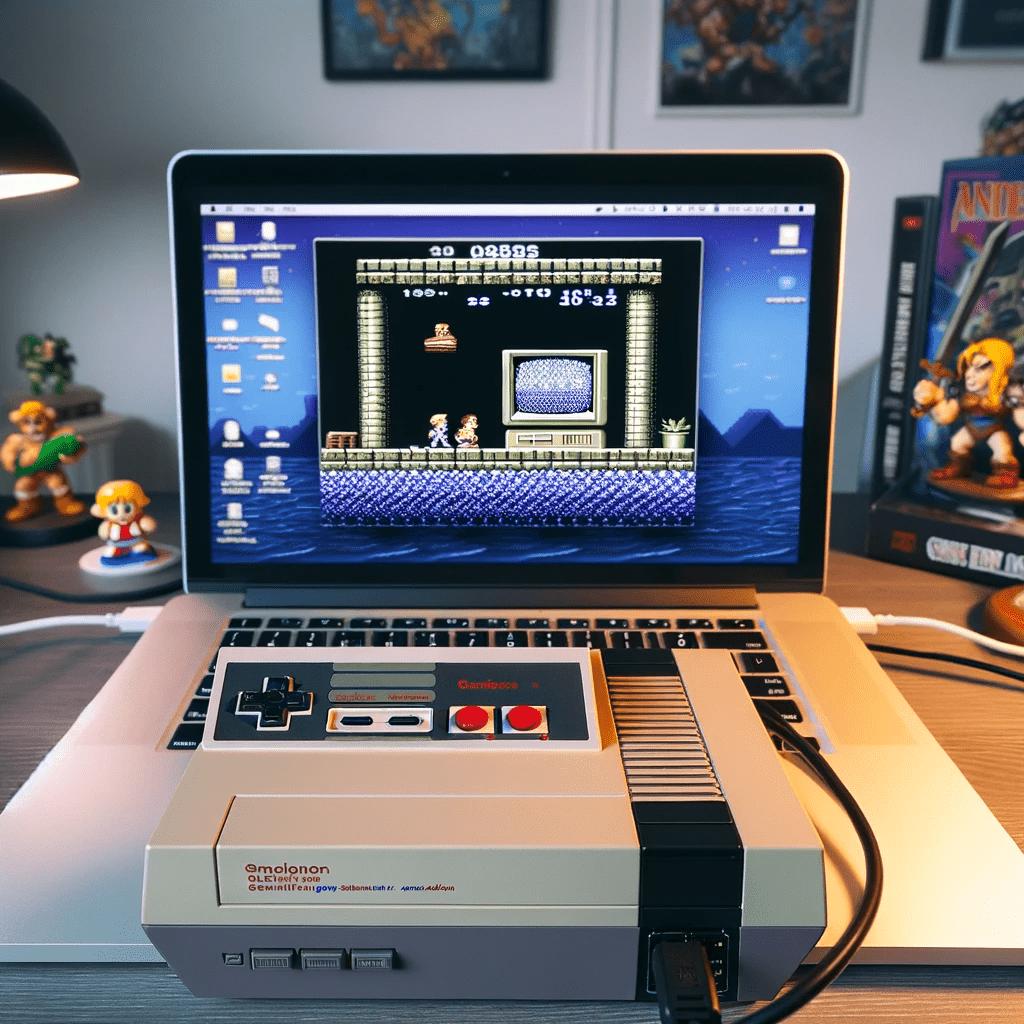Today’s lesson goal: Understand the concept, purpose, and technology behind emulation in computing.
Emulation is a fascinating and complex aspect of computing that bridges the gap between old and new technologies. At its core, emulation is the process of enabling one computer system (the emulator) to replicate the functions of another system (the emulated). This allows software and games designed for the original system to be run on different hardware.
Understanding the Basics of Emulation:
- What is Emulation? Emulation involves creating an environment where software from a different hardware platform can run. For example, playing a game designed for a 1980s console on a modern computer or smartphone.
- How Does Emulation Work? Emulators are sophisticated pieces of software that mimic the hardware and operating system of the original device. They translate the old machine’s language into one that the new machine understands, often requiring significant computing power.
- Legal and Ethical Considerations: While emulation itself is legal, downloading ROMs (copies of games) without owning the original is often illegal. It’s a gray area that has sparked much debate about digital preservation and copyright laws.
Applications of Emulation:
- Gaming: The most common use, allowing classic games to be preserved and played on new hardware.
- Software Development: Developers use emulators to test applications across different systems without needing the actual devices.
- Education and Preservation: Emulation is crucial for preserving digital artifacts and making them accessible for educational purposes.
Challenges in Emulation:
- Technical Complexity: Emulating older systems accurately can be extremely challenging, especially for systems with unique hardware.
- Performance Issues: There can be lag or glitches, as the emulator might not perfectly replicate the hardware’s performance.
- Legal Issues: The legality of using ROMs and emulators is complex and varies by country.
In conclusion, emulation is a powerful tool in the digital world, enabling the bridging of past and present technologies. It has applications in gaming, development, and digital preservation but also faces technical, performance, and legal challenges.
For a more visual understanding, here’s a DALL-E-generated image showing a classic video game running on an emulator, with a side-by-side comparison of the original gaming console and its modern emulation on a laptop:
To explore more about emulation, watch this informative YouTube video: What is Emulation?.
(c) 2014 Knowledge-Brothers.com – V00.01
